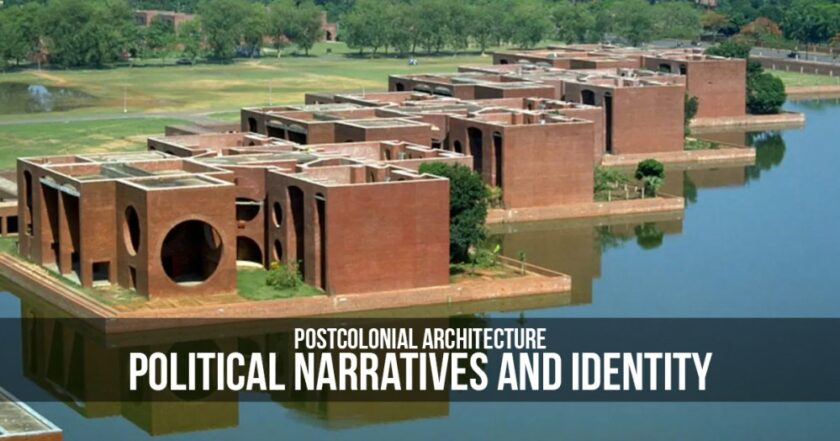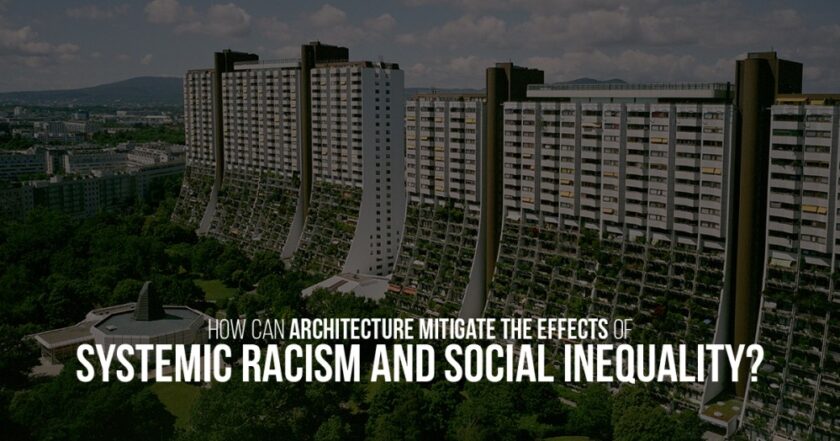Postcolonial architecture showcases the political, cultural, and social transformations of nations recovering from colonial rule. It shows the struggle for identity, independence, and the maintenance of cultural values against colonization. This architectural style brings historical traditions and modern aspirations together, providing a unique narrative of adaptation and the ability to bounce back from challenges.
Historical Context: Architecture as a Colonial Tool

During the colonial period, architecture was used to establish power and dominance. Colonizers often used the architectural styles that symbolized their authority and cultural superiority. For instance, the British in India built structures like the Victoria Memorial in Kolkata, which blended the Mughal and European elements to show control while remaining inclusive. These structures are not only functional but also ideological, These buildings were made to show the mightiness of British and permanence of colonial rule.
Post-independence, the newly independent nations faced the challenge of recovering their architectural identity. Should they reject colonial influences entirely or adapt it to create something new? This question became common to postcolonial architecture.
Decolonizing Architecture: A Quest for Identity

The process of decolonization of architecture involves merging the traditional forms with modern needs. Architects such as Charles Correa and BV Doshi played a major role in decolonizing Indian architecture. The Gandhi Ashram in Ahmedabad designed by Correa has a vernacular style and the materials used integrate local culture and history.
Similarly, in Africa , The post-colonial architecture began from the practice of traditional architecture. Monuments such as the Great Mosque of Djenné in Mali, which existed during the colonization, inspired modern architects to use natural materials such as mud-brick construction and community-based designs in their upcoming projects. This led to the rejection of colonial aesthetics.
National Identity Through Architecture

Architecture became a medium to express national identity. In countries like Nigeria, symbols of traditional culture were blended with modernist principles to show independence and the rise of a new era . The National Theatre in Lagos, for instance, mirrors the shape of a military hat, symbolizing strength and adaptability.
In Southeast Asia, Malaysia’s Petronas Towers remains as a postcolonial icon which was designed by Argentine architect César Pelli, the towers have Islamic motifs, showing Malaysia’s cultural heritage while making its place in the global modernist movement. Such structures show the past and the present, showcasing the existence of tradition and progress.
Political Narratives in Postcolonial Architecture

Postcolonialization, the governments used architecture for political narratives , to project unity and progress. The city Brasilia which is the capital of Brazil is a planned symbol of equality which was designed by Oscar Niemeyer and Lúcio Costa. Its geometric layout represented the liberation from colonial urban planning and an embrace of a socialist vision.
Similarly, in Ghana, the Independence Arch in Accra is a symbol of freedom. It shows the country’s pride and also honors the struggles of those who fought for independence. These architectural projects were not just about aesthetics but also about making political statements.
Challenges in Postcolonial Architecture
Reclaiming the identity after colonization through architecture faced a lot of challenges . Urbanization led to the rejection of traditional practices. The rejection of colonial styles resulted in a loss of functional and aesthetic values. Balancing tradition and modernity was not easy.
Moreover, global influences in architecture are also a reason for the disappearing local traditions. The modernism influenced by the west led to the use of modern materials like glass-and-steel structures, which does not suit the climatic and cultural needs of the region. Maintaining a balance between modernism and local identity remains a continuous struggle.
Postcolonial Architecture in the Global Context

Postcolonial architecture continues to adapt and grow, showing the layered realities of globalization. Architects from postcolonial nations try maintaining a balance between merging global design trends and staying rooted to their cultural heritage. This fusion has given rise to remarkable designs that meet the local needs.
The Kigali Convention Center in Rwanda is an example of sleek, modernist structure inspired by traditional Rwandan basket weaving, a blend of progress and cultural homage. Similarly, the Qatar National Library borrows elements from the Mashrabiya, which shows features of Islamic architecture, while incorporating advanced technological solutions into it. These examples show how postcolonial architecture doesn’t just show history but it actively shapes the narrative of identity and pride in these societies.
A Living Narrative
Postcolonial architecture isn’t just about buildings or style, it shows the past and It’s story of nations finding their voice, reclaiming their identity, and redefining how they see themselves in the world. By blending together tradition and modernity, these architectural expressions symbolize adaptability and cultural pride. In a growing, urbanizing world, postcolonial architecture gives us valuable lessons about preserving identity, and embracing change. It’s a reminder that architecture can not only inspire us to build for today, but with a meaning for generations to come.
Image and Source Citations:
Image 1_”High Court of Kenya, Nairobi, Kenya”. Image from Wikimedia Commons. Licensed under Creative Commons Attribution-Share Alike 4.0 International (CC BY-SA 4.0). Accessed 15 Dec. 2024.
Image 2_”National Assembly Building, Dhaka, Bangladesh”. Image from Wikimedia Commons. Licensed under Creative Commons Attribution-Share Alike 4.0 International (CC BY-SA 4.0). Accessed 15 Dec. 2024.
Image 3_”Gateway of India, Mumbai, India”. Image from Wikimedia Commons. Licensed under Creative Commons Attribution-Share Alike 4.0 International (CC BY-SA 4.0). Accessed 15 Dec. 2024.
Book Quotes:
King, Anthony D. Colonial Urban Development: Culture, Social Power, and Environment. Routledge, 1976. A foundational work exploring the interplay of colonialism and urban architecture, offering insights into postcolonial narratives.
Prakash, Vikramaditya. Chandigarh’s Le Corbusier: The Struggle for Modernity in Postcolonial India. University of Washington Press, 2002. An in-dep
Article Citations:
Edwards, Brian. “Postcolonial Architecture: Hybrid Forms and Local Contexts.” Architectural Review, vol. 210, no. 3, 2001, pp. 12–18. A discussion on how architects in postcolonial regions blend modern and traditional styles.
Nandy, Ashis. “The Architecture of Subalternity.” Postcolonial Studies, vol. 6, no. 1, 2003, pp. 22–36. Examines how architecture serves as a platform for subaltern voices and identities in postcolonial contexts.


As an architecture and interior designer, I am passionate about creating spaces that inspire and delight those who inhabit them. With over a decade of experience in the industry, I have honed my skills in both the technical aspects of design and the art of crafting beautiful, functional spaces.
After earning my degree in architecture, I began my career working for a prestigious firm where I was exposed to a wide range of projects, from commercial buildings to high-end residential properties. During this time, I developed a keen eye for detail and a deep appreciation for the importance of form and function in design.
In recent years, I have struck out on my own, founding my own design studio where I have been able to further explore my passion for interior design. I believe that a well-designed space can transform the way people live and work, and I take pride in working closely with clients to understand their needs and create spaces that exceed their expectations.
Throughout my career, I have been recognized for my innovative and creative approach to design, and have been honored with a number of awards and accolades. When I’m not working on design projects, you can find me exploring the outdoors or seeking inspiration in the world around me.








